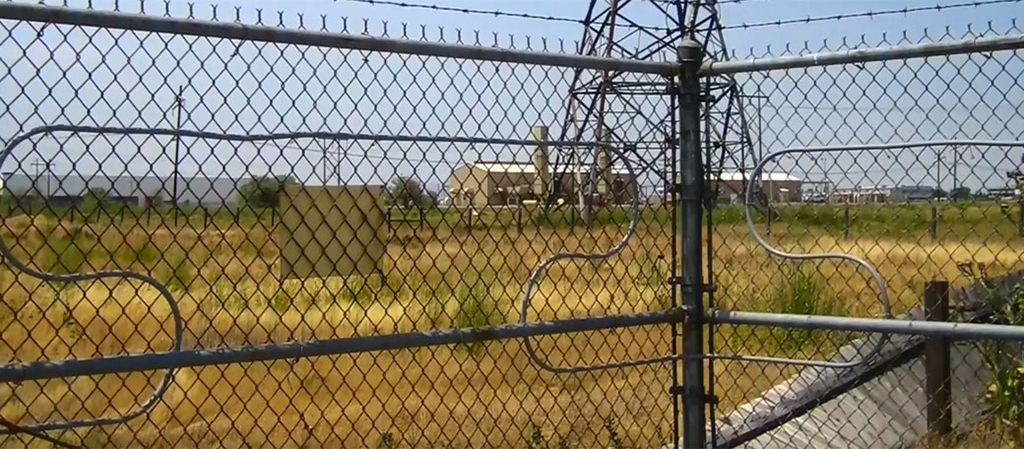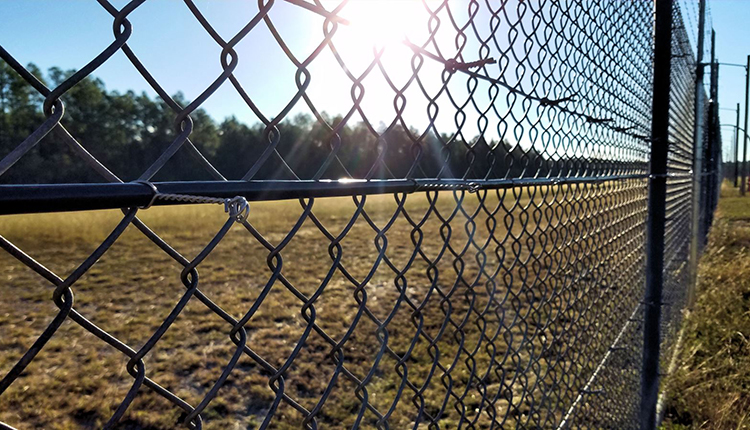Security Fibers: A Durable Solution for Advanced Security Systems
Security Fibers: A Durable Solution for Advanced Security Systems
Blog Article
Why Fiber Optic Safety Equipments Are the Future of Defense
The shift to fiber optic safety systems marks a substantial innovation in the realm of defense, driven by their extraordinary information transmission capabilities and resilience to outside interferences. These systems not just assist in faster and extra reputable interaction however likewise present a cost-efficient solution with minimized maintenance requirements. As the landscape of safety evolves alongside emerging modern technologies such as AI and IoT, the potential for fiber optics to enhance and redefine safety frameworks ends up being progressively noticeable. However, the implications of these improvements elevate vital questions regarding the future of safety steps and their performance in an ever-changing atmosphere.
Benefits of Fiber Optic Solutions
One of the primary advantages of fiber optic systems is their superior data transfer ability, which promotes the transmission of big volumes of data over fars away without substantial loss. This particular is particularly useful for safety and security applications that call for the constant monitoring and transfer of high-def video feeds, sensing unit data, and various other vital information. Optical fiber can fit the growing demands of modern protection systems, ensuring that information stays intact and trustworthy.
Furthermore, fiber optic wires are less at risk to electro-magnetic interference, which can be a significant issue in settings with numerous digital gadgets. This resistance enhances the integrity of the data being sent, consequently lessening the risk of information breaches or system failures. Furthermore, fiber optic systems are naturally much more safe than conventional copper wires, as tapping into a fiber optic line without discovery is exceedingly tough.
The resilience of fiber optic wires also contributes to their appeal. They are resistant to ecological elements such as wetness and temperature fluctuations, reducing maintenance costs and boosting system longevity. In general, these advantages position fiber optic systems as a robust and reliable option for modern-day safety infrastructures, guaranteeing trusted and safe and secure information transmission.
Boosted Data Transmission Speed

The ability to transfer huge quantities of data quickly assists in the smooth assimilation of high-definition video feeds and progressed analytics. Protection systems can now process and assess info in real-time, boosting action times and situational understanding. Furthermore, fiber optic links support longer transmission ranges without degradation of signal quality, making them excellent for extensive safety networks.
The raised speed of fiber optic systems not just improves the effectiveness of security operations however likewise lowers latency. This is especially essential in critical scenarios where prompt decision-making can stop safety and security violations or minimize prospective hazards. As companies proceed to prioritize safety and security and performance, the need for rapid and trustworthy data transmission will undoubtedly solidify fiber optic systems as a cornerstone of modern-day security infrastructure.
Resistance to Interference
Fiber optic protection systems consistently demonstrate go right here outstanding resistance to electromagnetic disturbance, a crucial benefit in environments susceptible to electronic sound. Unlike typical copper cable televisions, which can be negatively impacted by electro-magnetic areas, radio frequency interference, and various other kinds of learn this here now electrical disruption, fiber optic cables make use of light to send data. This inherent home ensures that the signals continue to be clear and unaltered, no matter bordering digital activity.
Making use of glass or plastic fibers in fiber optic technology creates a barrier versus interference, enabling trustworthy data transmission also in challenging situations such as industrial facilities, urban locations with high digital traffic, or locations near radio towers. This characteristic significantly decreases the possibility of signal destruction or loss, making fiber optic systems particularly appropriate for protection applications where integrity and precision of information are critical.
In addition, this resistance to interference enhances the overall efficiency and reliability of security systems, making sure that surveillance and sharp systems work flawlessly. In a world where security is significantly threatened by sophisticated innovations, the resilience of fiber optic systems stands apart as an essential function, reinforcing their condition as a necessary component of modern-day protection framework.
Cost-Effectiveness Over Time
Substantial price financial savings can be accomplished over time with the implementation of fiber optic safety and security systems. While the first investment may seem higher contrasted to typical copper-based systems, the lasting financial benefits emerge via decreased operational and maintenance costs (fiber security). Fiber optic cables are naturally much more sturdy and less at risk to ecological variables, which translates to reduce replacement and repair work expenditures over their lifespan
Moreover, fiber optic systems need much less power to run, which additionally reduces power prices. Improved data transmission capabilities enable fewer repeaters and amplifiers, decreasing tools investment and simplifying installment procedures. The scalability of these systems also adds to cost-effectiveness, as companies can increase their safety infrastructure without look at this site incurring significant added expenses.
An additional aspect to consider is the boosted performance in surveillance and reaction abilities that optical fiber supply. Boosted real-time data transmission can lead to quicker occurrence feedback times, possibly mitigating losses and obligations connected with safety and security breaches. Altogether, the long-lasting advantages of fiber optic safety and security systems not just validate the initial expenditure however likewise place them as an economically prudent option for organizations seeking robust security solutions.

Future Technologies in Safety And Security
Progressing innovations are established to revolutionize security systems, incorporating expert system (AI) and device discovering to boost threat detection and action abilities. These advancements will certainly allow security systems to analyze large quantities of data in real-time, determining patterns and abnormalities that show prospective hazards. This proactive method will make it possible for faster decision-making and much more reliable occurrence actions.
In addition, the unification of the Web of Points (IoT) is leading the way for interconnected protection devices, providing thorough monitoring and tracking. Smart sensors can pass on info regarding environmental changes, while automated informs can inform safety personnel instantly of suspicious activities.
Moreover, the development of biometric technologies will better strengthen protection systems. Facial recognition, finger print scanning, and retina identification are becoming more advanced, providing layers of verification that are difficult to bypass.
Final Thought
In conclusion, fiber optic security systems stand for a significant innovation in security modern technology, supplying unparalleled information transmission rate, resistance to electro-magnetic interference, and lasting cost-effectiveness. As the need for innovative safety solutions proceeds to grow, the integration of fiber optics with arising technologies such as AI, IoT, and biometrics will certainly better boost safety and security frameworks (fiber security). The combination of these developments will make certain a more secure and receptive atmosphere, strengthening fiber optics as a cornerstone of future safety systems
Report this page